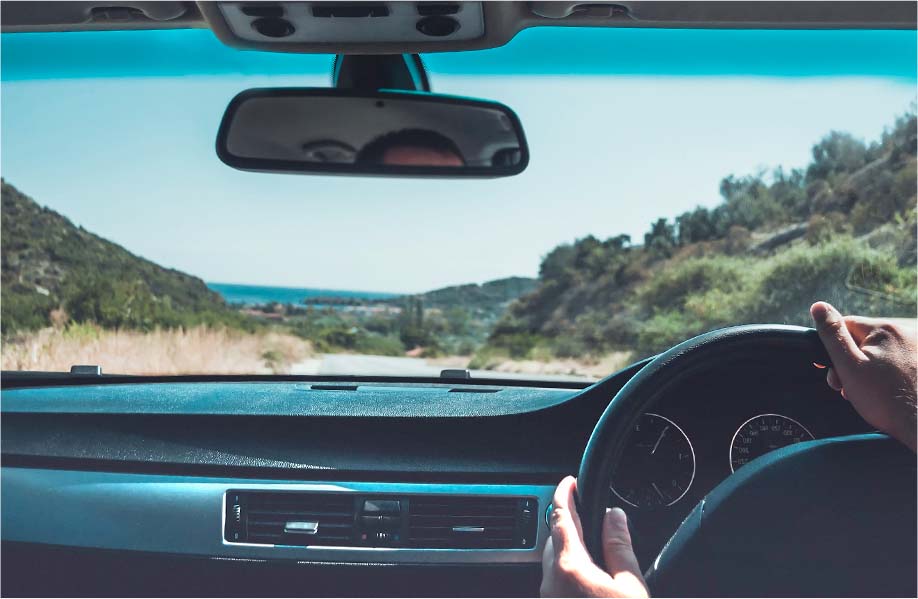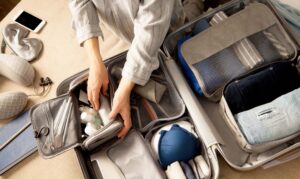Carsickness – also known as motion sickness – is a common complaint for many people during road trips. This feeling of nausea stems from the conflicting messages reaching the brain, and can take a fun adventure and turn it into an unpleasant chore.
The good news is that carsickness is often preventable, and there are ways to manage the symptoms when you encounter it. From motion sickness medicine like TravaCalm to handy tricks and techniques, there are ways to beat the nausea.
Here are five ways to beat carsickness and enjoy the drive.
1. Take TravaCalm before driving
Instead of waiting for motion sickness to kick in, it is possible to avoid it with motion sickness medicine before even getting into the car.
TravaCalm is Australia’s #1 motion sickness brand* when it comes to beating motion sickness, and TravaCalm Original is a handy product to keep at home in preparation for road trips. Its formula works to prevent motion sickness, which can make driving a far more enjoyable experience.
There are also chewable tablets (TravaCalm H.O. Chewable) and a TravaCalm Travel Band, that offer different options for those affected by motion sickness.

2. Stare at an object in the distance
Motion sickness occurs because your body and brain become confused about what’s happening. Your body knows it’s moving because it can feel the twists and turns in the road, but your brain gets conflicting messages as your eyes tell you otherwise.
One simple method to improve nausea that many people swear by is to pick an object in the distance – like a tree on the horizon or an unmoving cloud – and stare at it. This action has been known to help motion sickness sufferers, and it at least ensures a good view throughout the trip.
3. Sit in the front seat
The driver of the vehicle rarely experiences motion sickness, even if they would usually be prone to nausea as a passenger. It is believed that this is because as the driver, they know what movements to expect next, and therefore subconsciously prepare for each twist and turn.
Similarly, passengers who sit in the front seat may be able to beat the worst of motion sickness symptoms by keeping an eye on the road ahead and therefore being able to ‘predict’ how the car will move.
4. Keep the windows down
Driving on highways usually means keeping the windows up, but if you can put up with the noise and messy hair, putting the windows down can could help to alleviate the symptoms of motion sickness.
It’s not understood exactly why fresh air helps to relieve nausea, although it has been suggested that it could be because this air removes any odours within the car that could make nausea worse.

5. Ask the driver to take corners slowly
Anyone who has ever dealt with carsickness knows that curvy roads often feel like the worst culprits. The continual movement of turning left and right creates havoc for the senses, making carsickness worse and sometimes resulting in vomiting.
If winding roads are necessary to reach your destination, you may be able to minimise their effects by at least slowing down. This may be able to lessen the forces on the body, creating less of a jarring set of messages for the brain, and therefore less sickness as well.
Carsickness is common, but putting up with it doesn’t have to be. Try these tips and pick up TravaCalm before any road trips to avoid the dreaded nausea and enjoy every minute of the drive.
*Based on IQVIA Motion Sickness Scan Data National Pharmacy MAT March 2024




